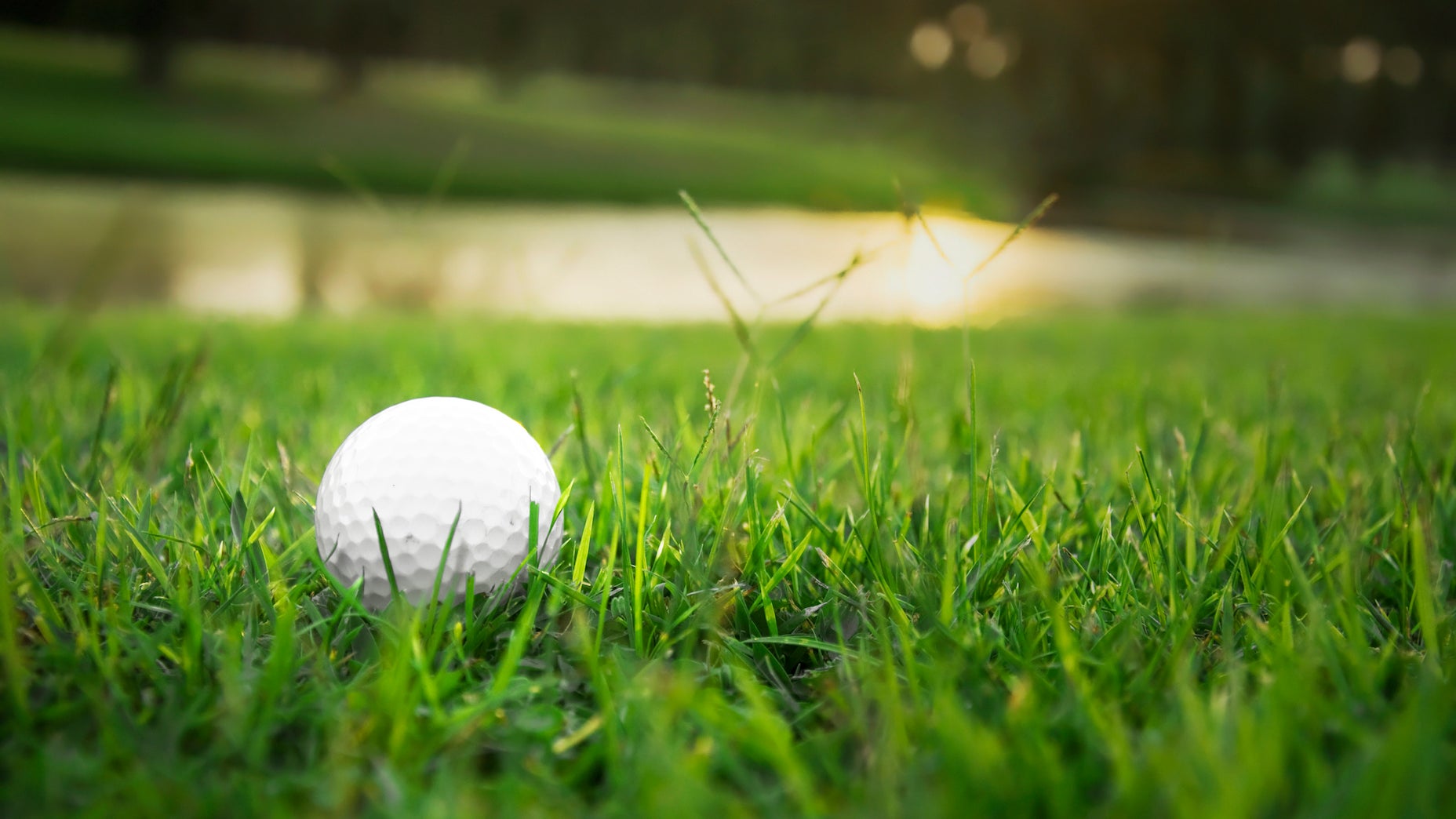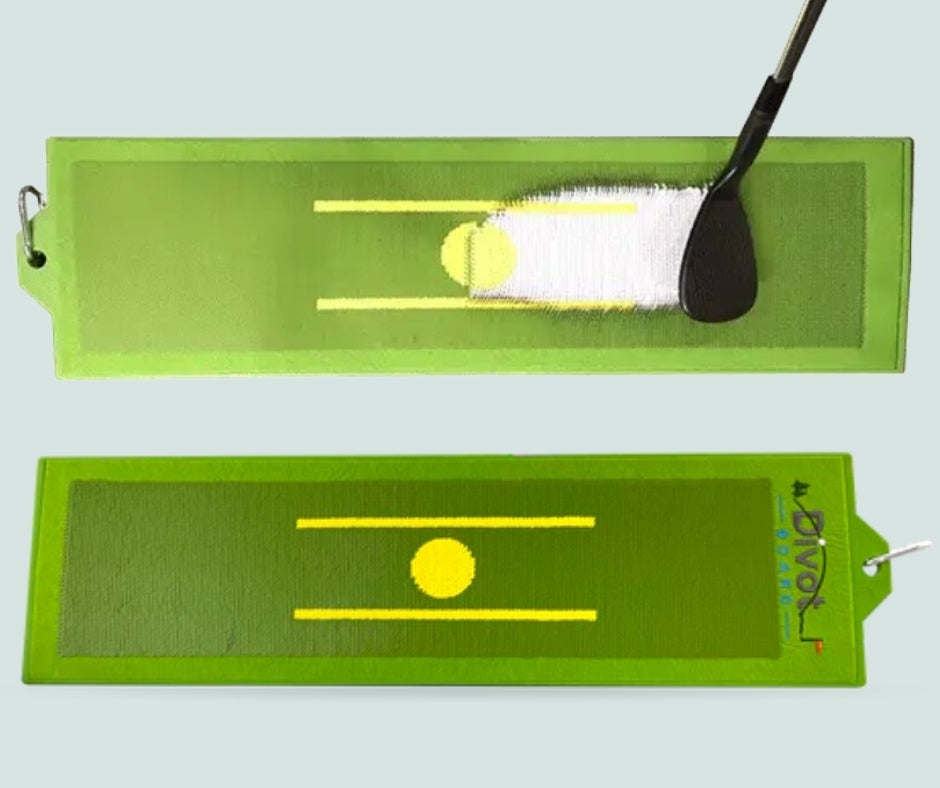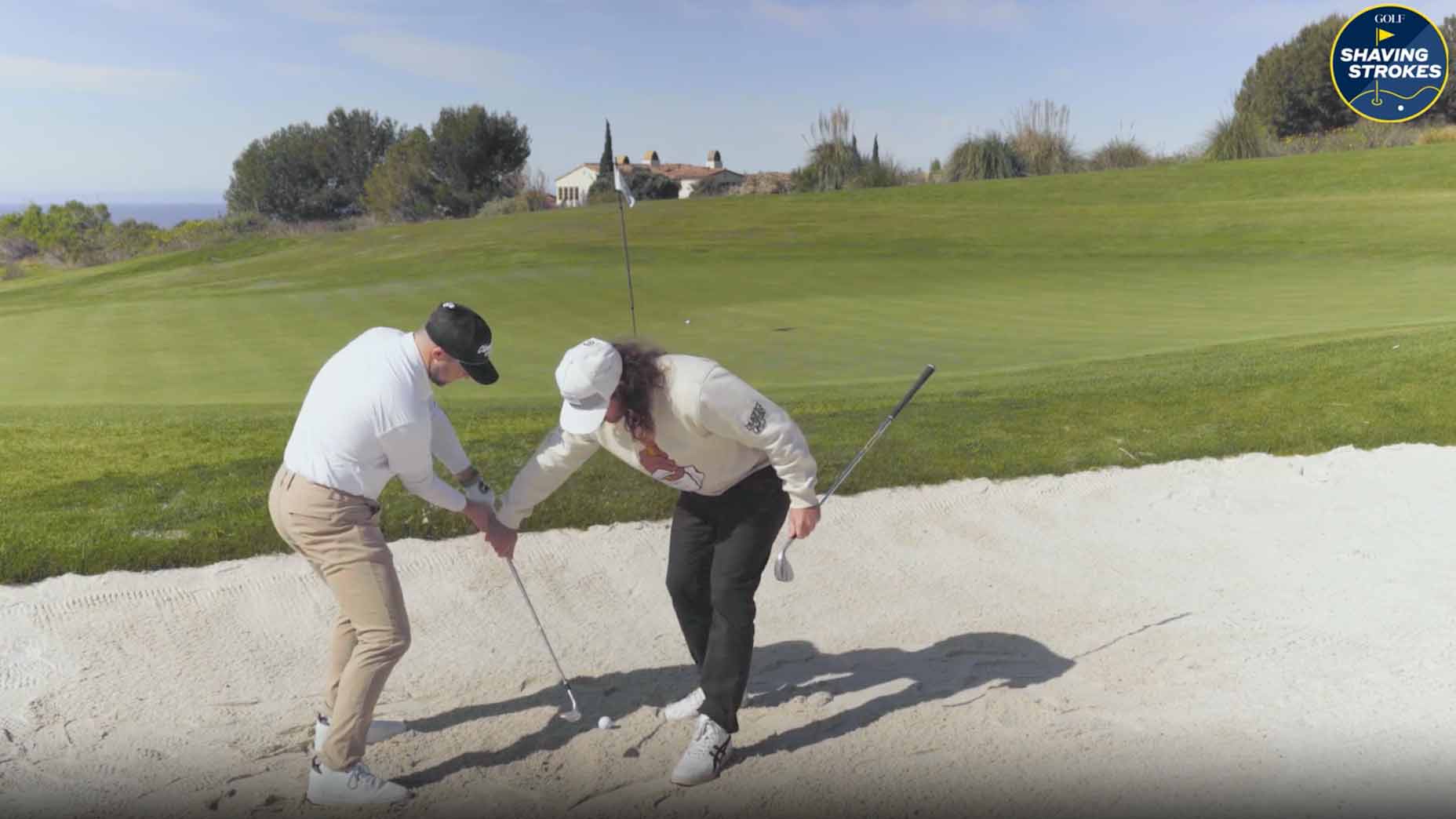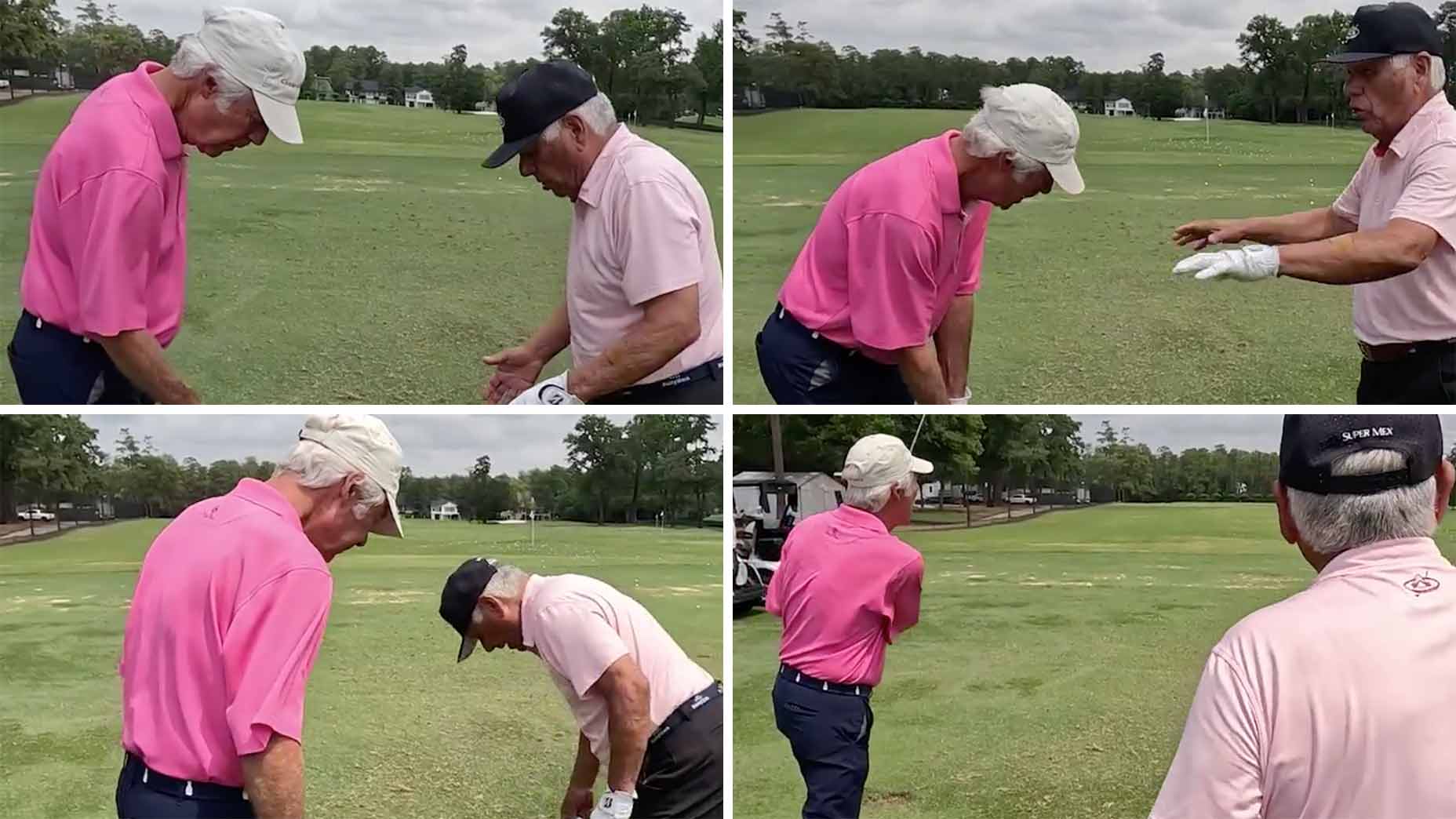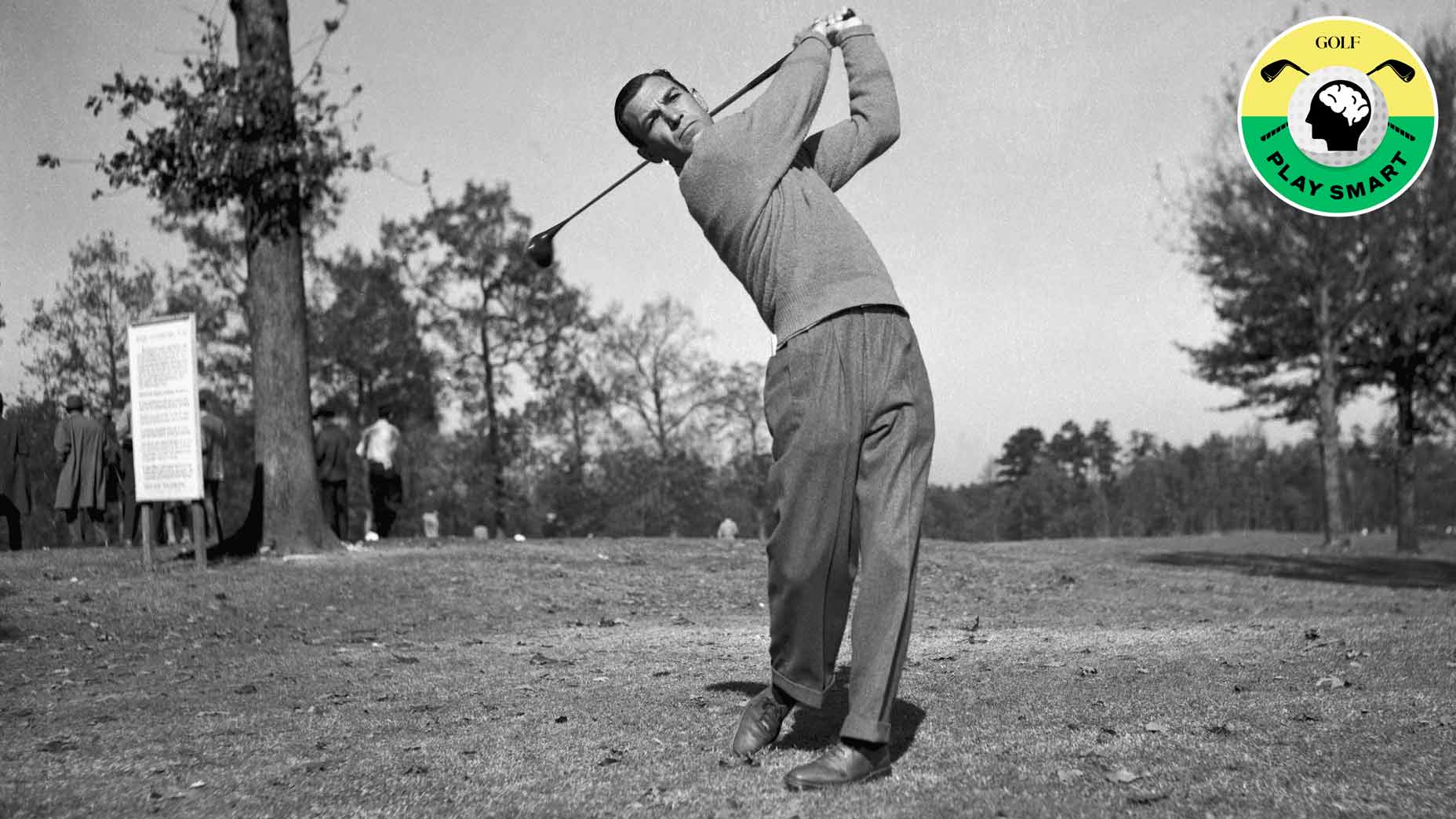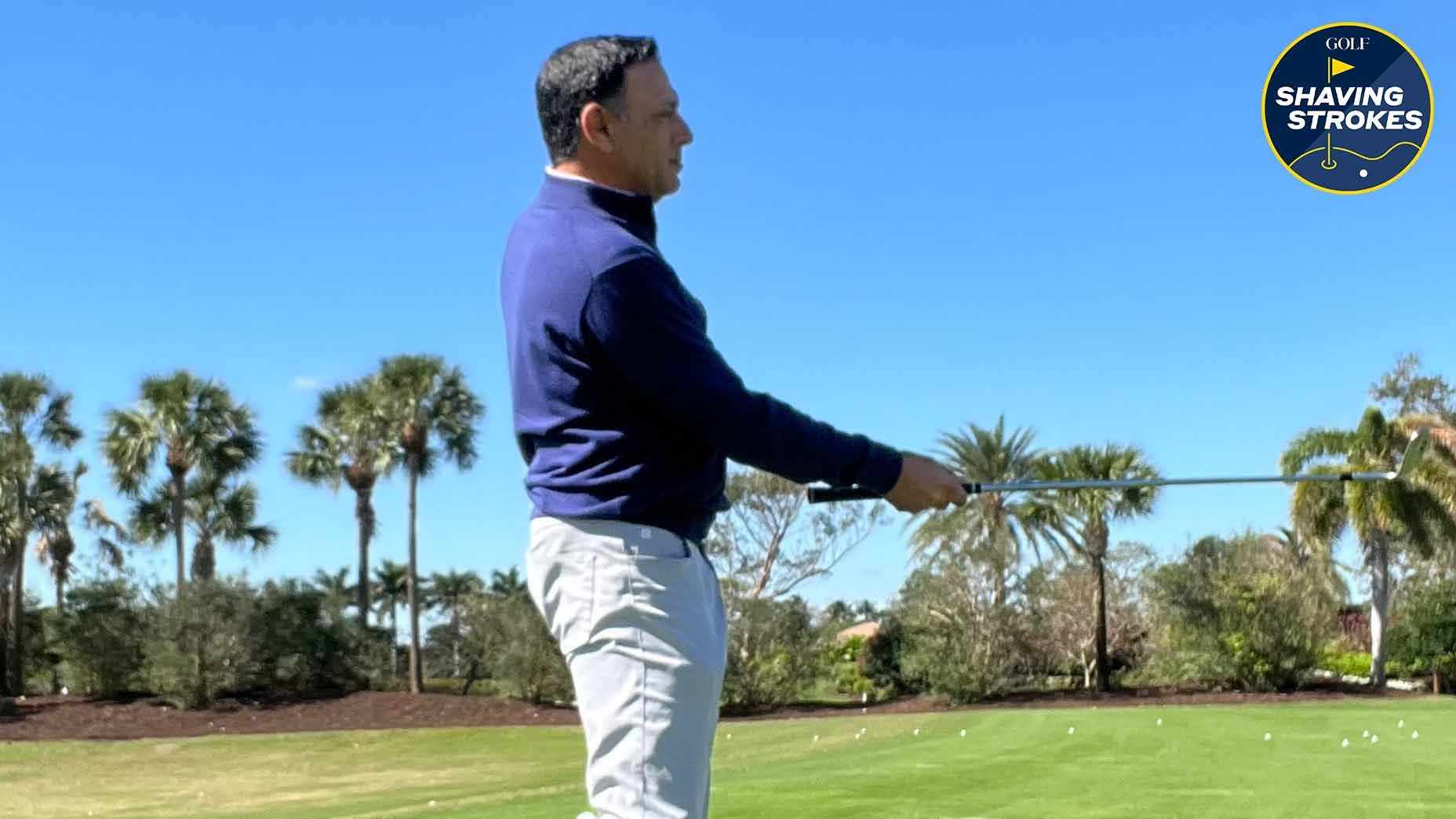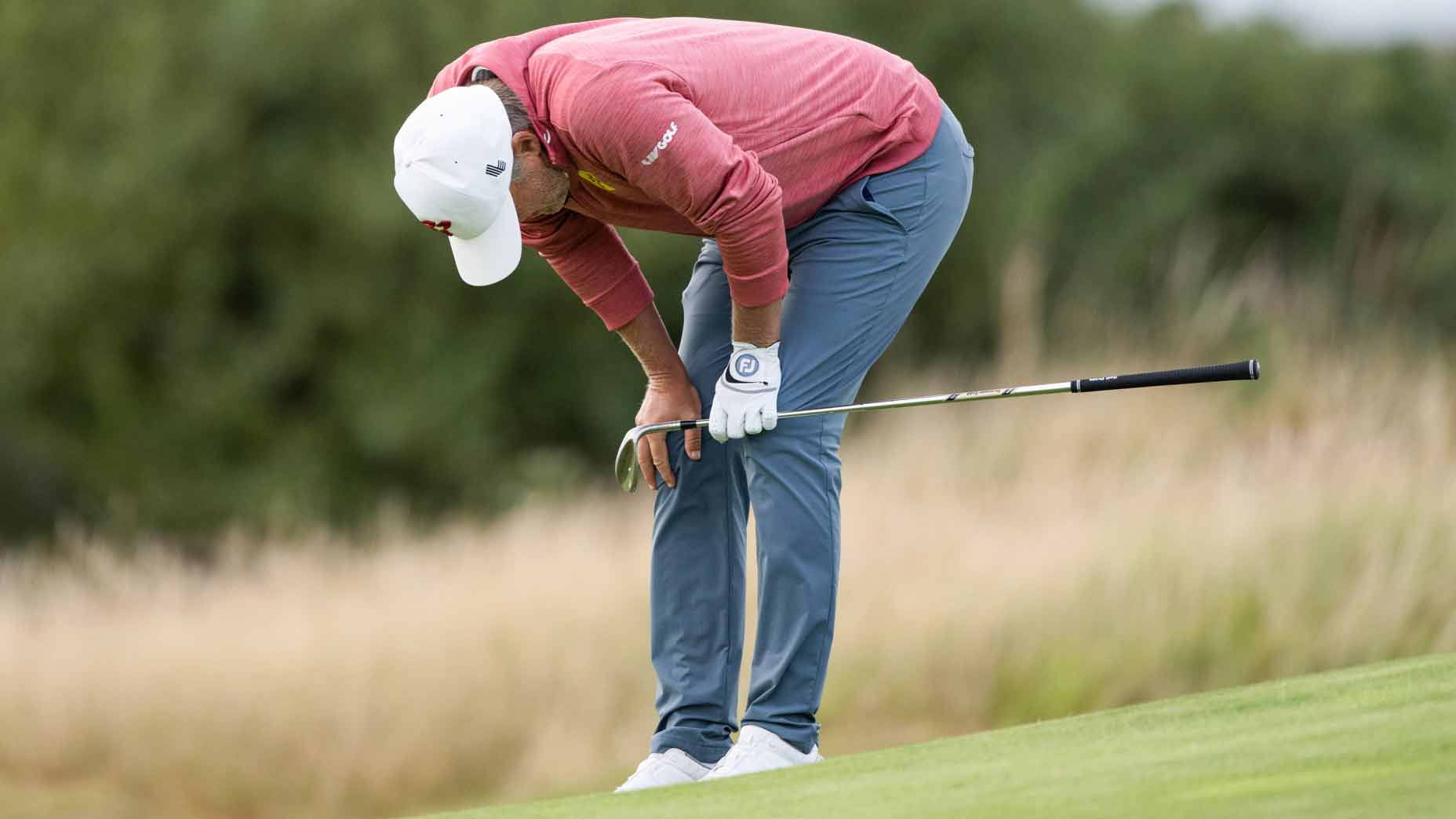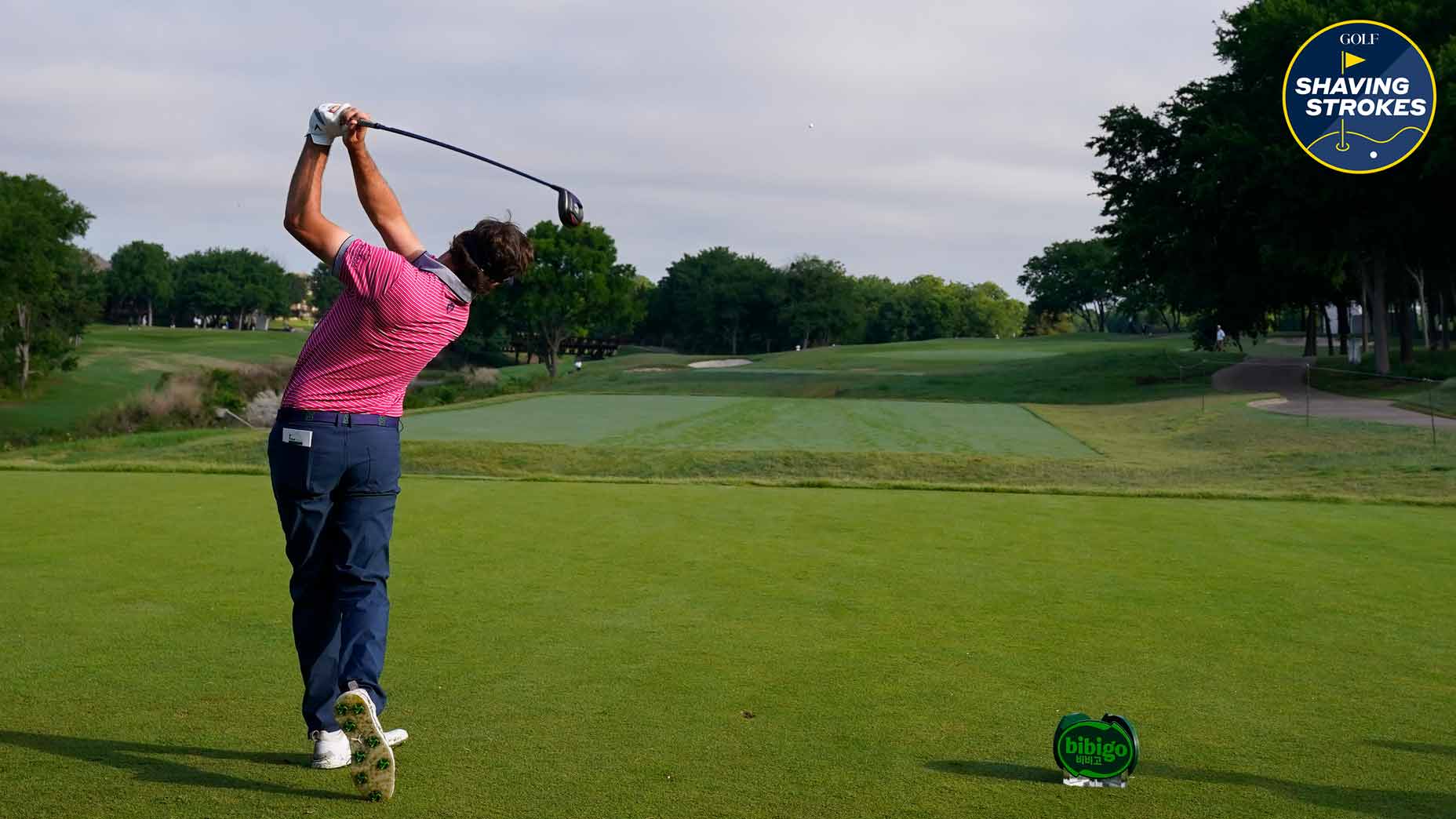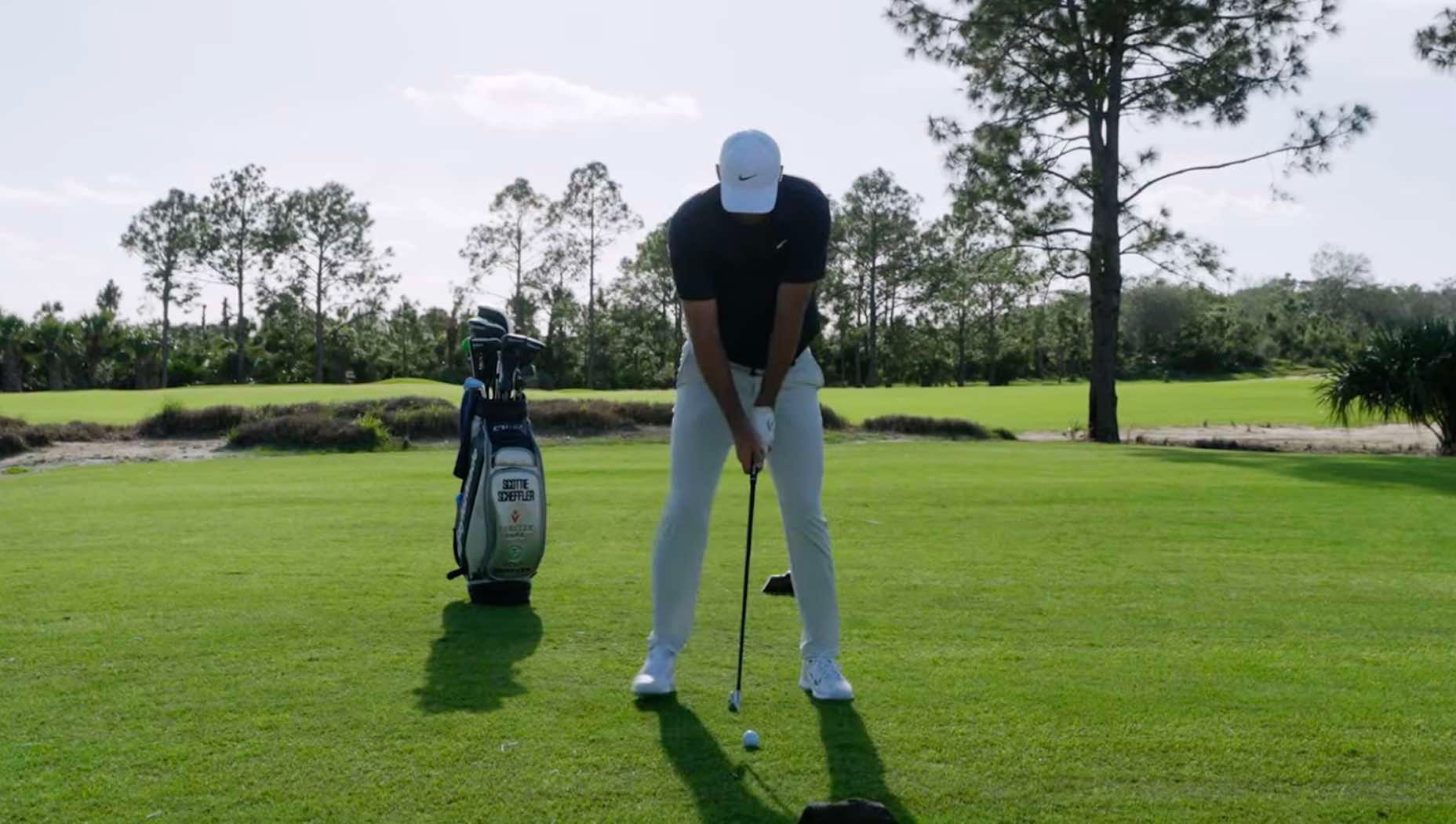How to handle sticky Bermuda grass around the green
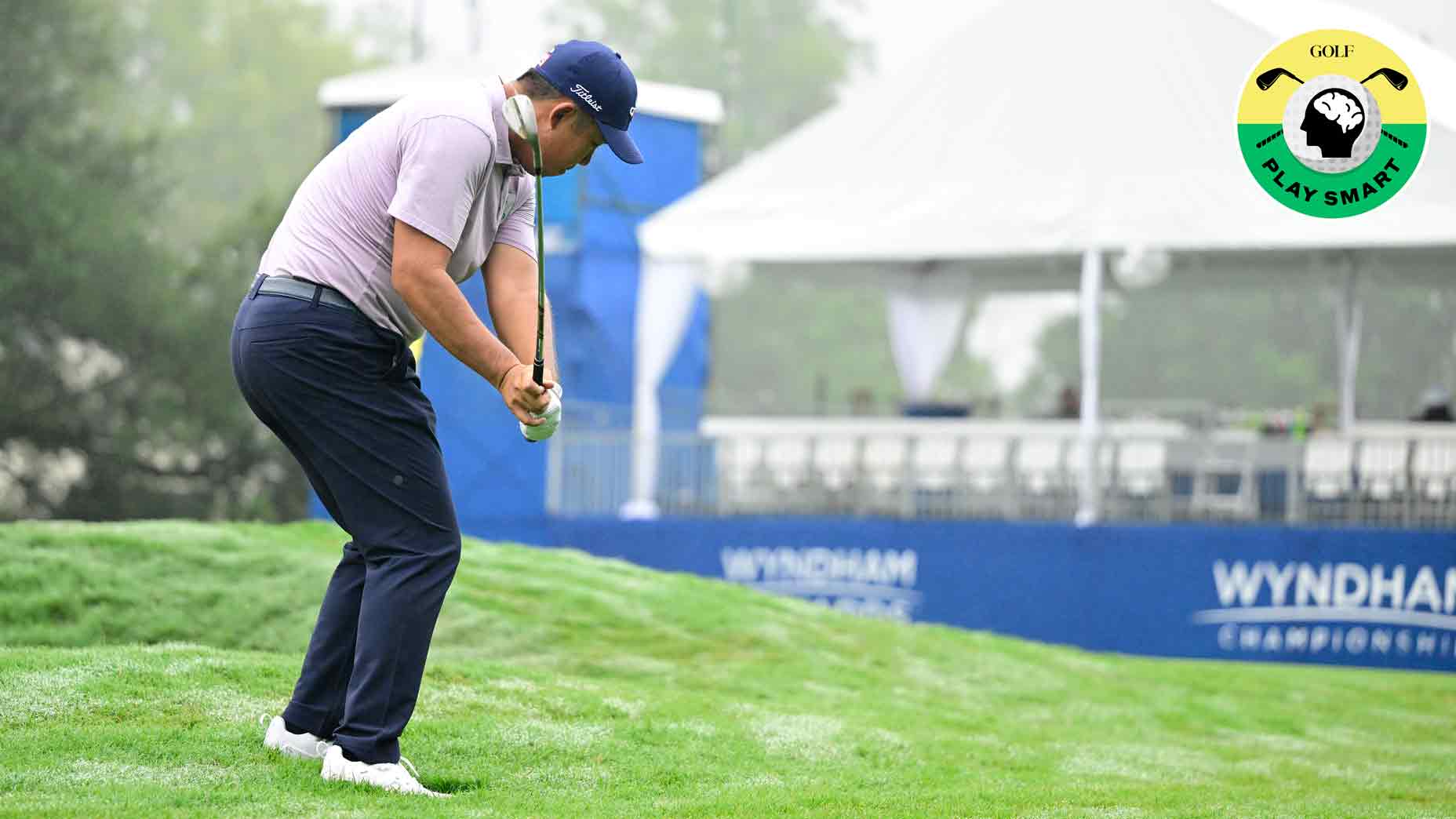
When you've got a tough lie in Bermuda grass by the green, try these tips!
Getty Images
Welcome to Play Smart, a regular GOLF.com game-improvement column that will help you play smarter, better golf.
This week’s Wyndham Championship presents a difficult challenge for many of its participants. In addition to the normal pressure of playing tournament golf, the track at Sedgefield Country Club is Bermuda grass, which can be tricky for lots of reasons.
So what makes Bermuda so challenging?
Since the grain of the grass plays a major role in how the clubface performs through impact, it can be tough for players to gauge their contact. This means they may have trouble hitting a pure shot and putting spin on the ball — since into-the-grain and down-grain lies differ so much in Bermuda.
While many amateurs typically won’t see rough quite as thick as what the pros will experience at Sedgefield, Bermuda’s still a type of turf that’s popular at courses everywhere.
That’s why today’s Play Smart focuses on how to have better success when pitching or chipping from Bermuda grass, with golf instructor Bill Schmedes sharing his tips to handle sticky lies around the green.
Why Bermuda grass is so tricky
Schmedes says you should scout out the green and look at coloring for clues. “When you see a darker shade of grass, it means it’s into the grain; which will be slower. When it’s a lighter shade, it will be down-grain and much faster.”
For anyone who’s watched the Wyndham thus far this week, you’ve probably seen a fair amount of players chipping around the green from underneath the hole. This typically leads to an uphill shot into the grain, which puts the pressure on the player to have phenomenal technique.
“The grain will want to grab the club through impact on this particular shot,” says Schmedes. “These sticky Bermuda lies are some of the most difficult shots that PGA Tour players face, and that means they’ll be even more difficult for the rest of the golfing population.”
Bermuda eats up the club much more than other types of turf, which is part of what gives so many golfers headaches when pitching around the green.
“The tendency for these types of lies is for the player to stick the club into the ground; causing fat shots,” adds Schmedes. “This is because either the leading edge or the heel of the club will dig through the hitting area, causing the grain to slow/stop the club.”
How to change your approach playing on Bermuda grass
To help amateurs execute better shots from tricky lies in Bermuda grass, Schmedes offers up the following tips.
At address. “The ball should be centered in your stance, with the hands centered and not forward. The hands should feel higher (think heel slightly off the ground), with the chest leaning towards the target.”
In motion. “Think draw, meaning the thought of an in-out movement of the club through impact. With that, allow the body (both lower and upper) to finish at either the target or even slightly left of the target (for a right-handed player).”
By incorporating the slight changes that Schmedes provides above, the club will better interact with the grainy Bermuda grass, allowing for better contact and launch conditions.

